Range Rover Velar hybrid strikes a stylish balance both on and off-road
Plug-in hybrid power gives Range Rover’s most stylish model, the Velar, a lighter footprint without compromising its capabilities. We took it for a spin

The inner city might not be the obvious place for a capable off-roader but ever since the original Range Rover made its debut back in 1969, it's been a regular feature of city life, gracing the salubrious suburbs and central streets with its familiar profile. Meanwhile, the Range Rover line-up has grown considerably.

Now, with its numerous offspring – including the Evoque, Velar, Sport and the flagship Range Rover – the extension of Land Rover's luxury arm is the secret to the marque's success over recent years. Models such as the Evoque and the Velar, in particular, are seen to offer a slice of the Range Rover lifestyle at a more affordable price.

Taking its name from Land Rover's 1960s pre-production Range Rover prototype, the contemporary Velar – from the Latin, ‘to hide’ – was drafted in to sit between the Range Rover Evoque and the Range Rover Sport in 2017, as a more compact, form-focused family car.
Three years later, Land Rover added a plug-in hybrid vehicle (PHEV) to the line-up in the form of the Velar P400e.
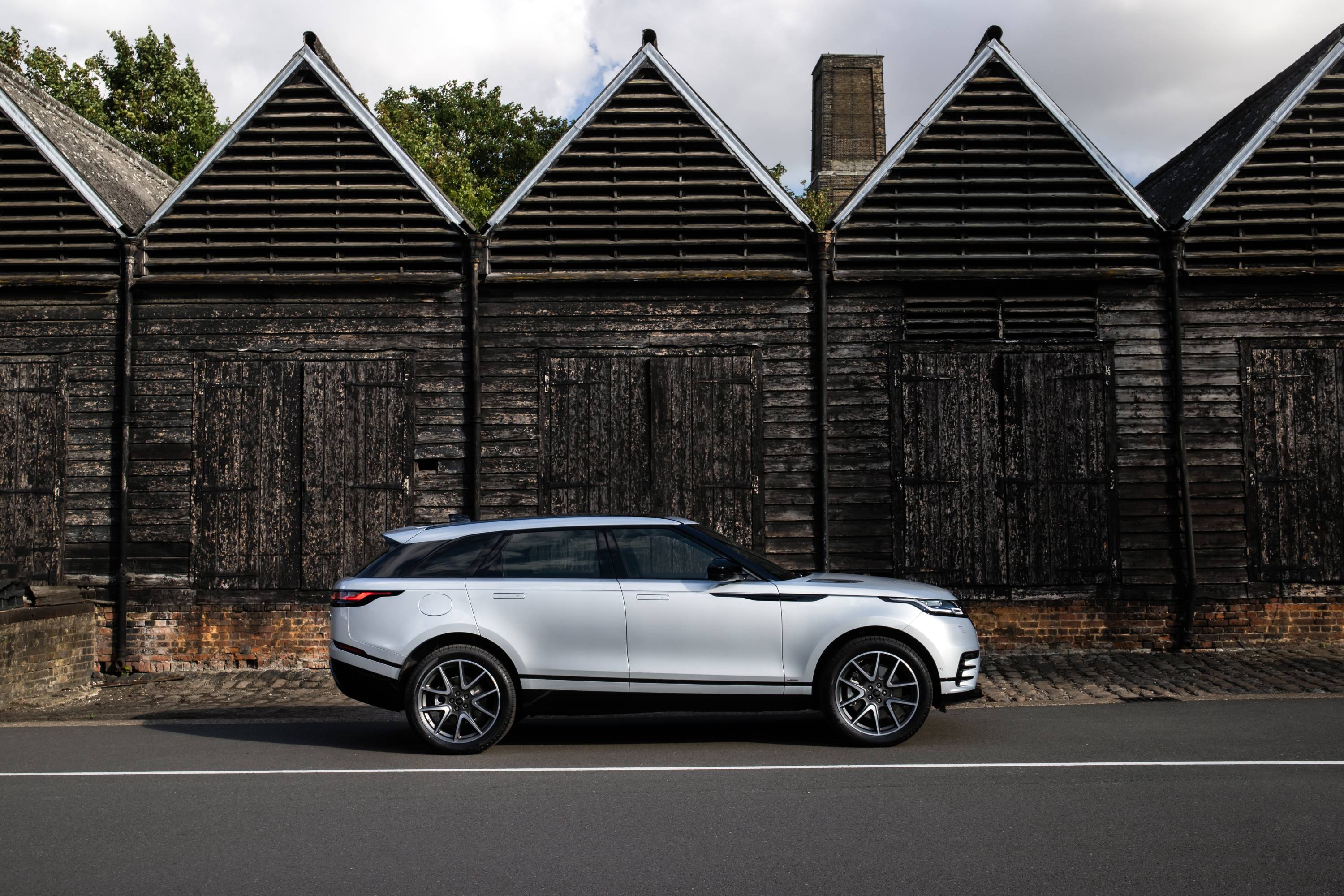
It's worth checking in to see how the PHEV version of the Velar fares in an increasingly competitive market. The absence of a luxury EV SUV is still a hole in the market, so plug-ins are currently the closest you can get.
However, with 30 miles of pure electric range, the hybrid Velar is more suited to city life than to long-distance electric drives. The silent 139bhp battery-driven powertrain helps it creep around the busy streets, while a 2.0-litre petrol engine puts out 296bhp and takes up propulsion duties over longer spells or for more arduous tasks.
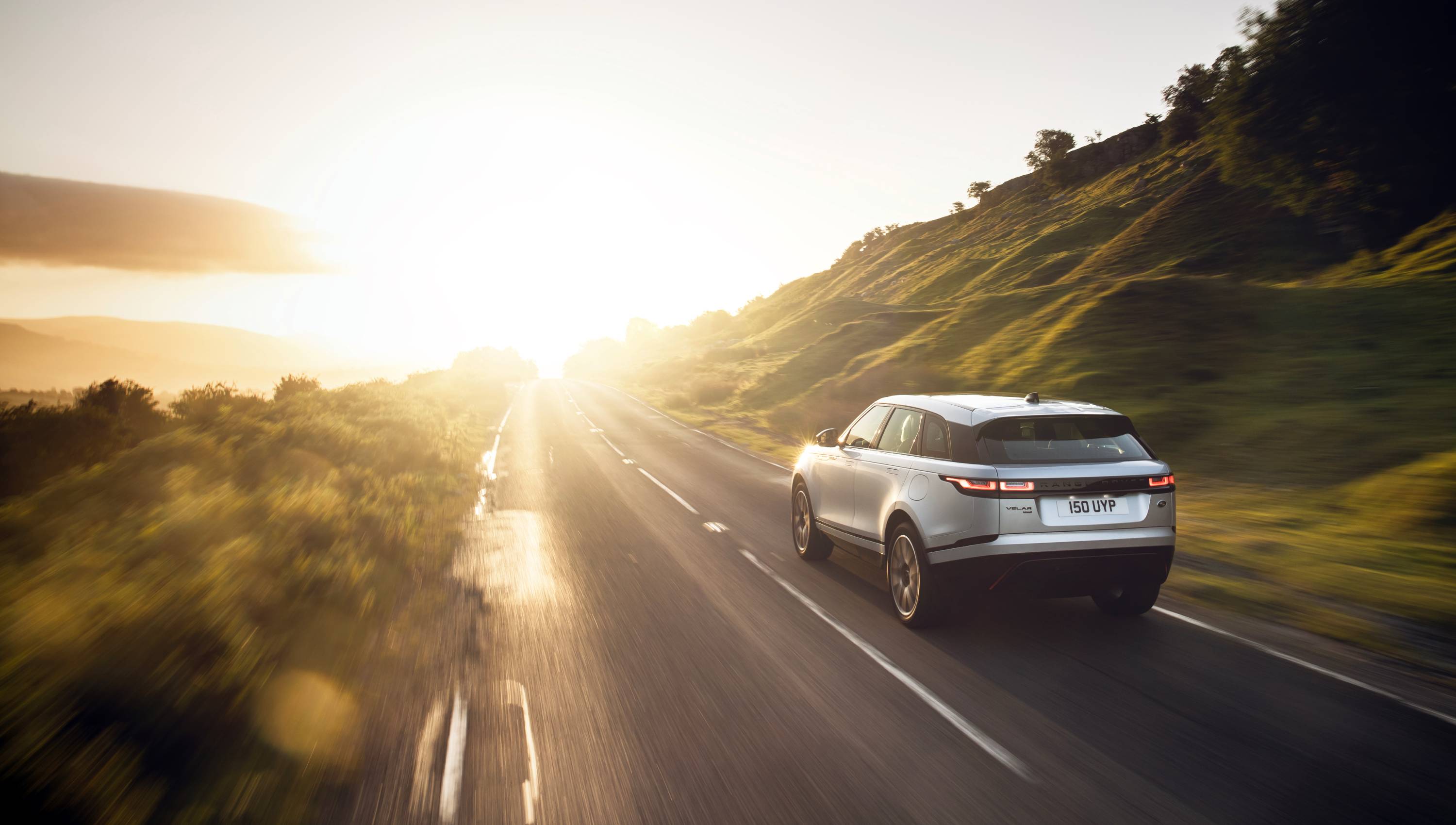
Under aggressive acceleration, both units combine to propel the hybrid Velar from 0-60 in just over five seconds and on to a top speed of 130mph.
Receive our daily digest of inspiration, escapism and design stories from around the world direct to your inbox.
On paper, this gives the hybrid Velar almost the same performance as the sportiest, petrol-engined Velar SVAutobiography. In practice, the hybrid is a convincing mix of silent and smooth electric driving with the added practicality of a traditional combustion-engined car.

Inside, the hybrid Velar is a practical and comfortable family cruiser, with more than a few of the luxury touches we've come to expect from anything bearing a Range Rover badge.
Armed with a sleek touch screen infotainment set-up and digital dashboard up front, Land Rover’s software is easy to navigate, fluid and intuitive to use. Also equipped with Apple CarPlay, the iOS system loads instantly, bringing your full selection of familiar phone apps into the heart of the car.

The Velar's roster of high-quality materials – spanning soft-touch plastics, metal, leather and non-leather alternatives, and Kvadrat fabric – is impressive, whichever way you spec it. The exterior and interior design has always been one of the car’s greatest strengths and, even five years on from its launch, it still looks fresh both inside and out.
Even when it came to the model's facelift in 2020, very little was altered, signalling the strength of the original design.
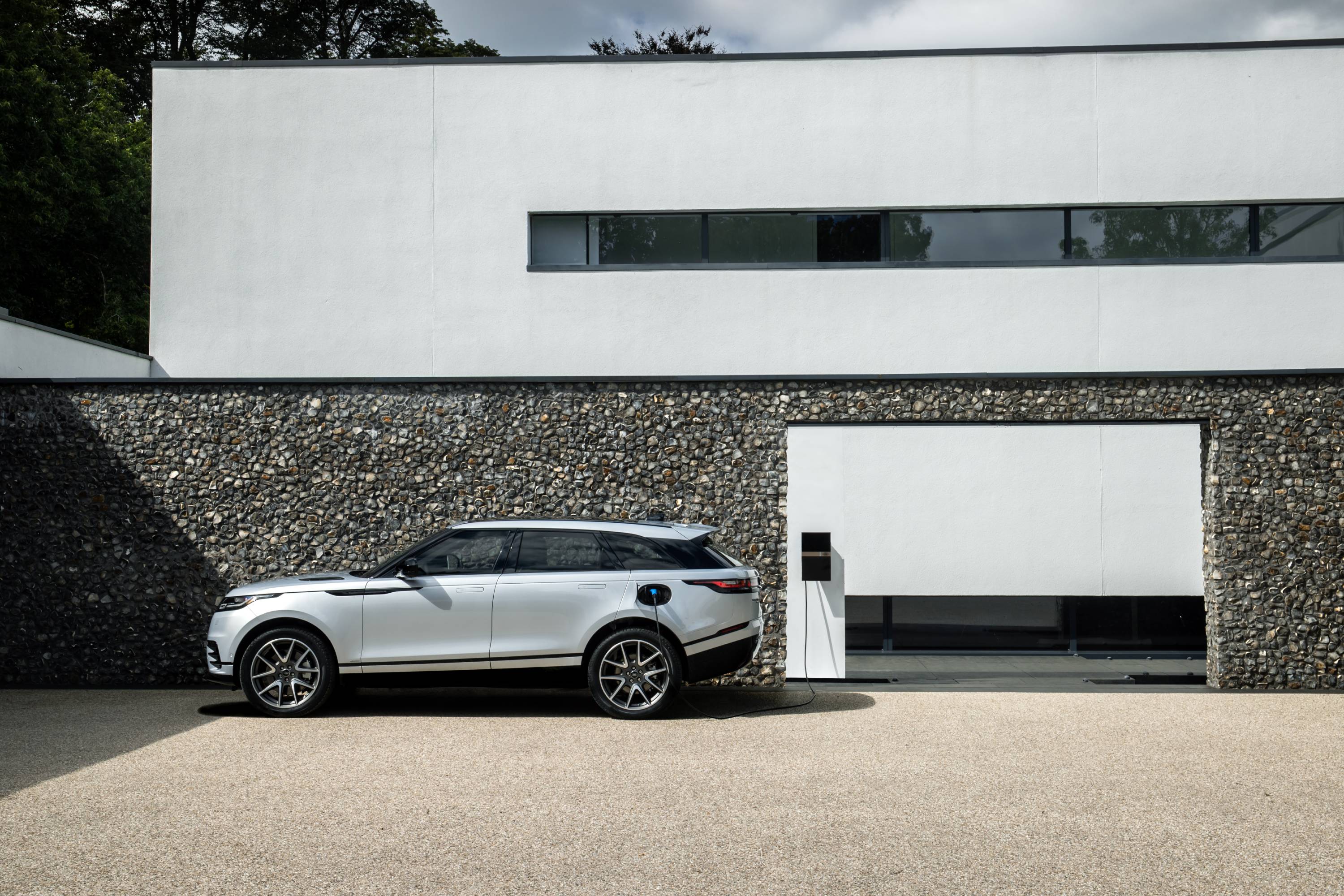
As with all electrified cars, they're only as good as the charging infrastructure around them and the hybrid Velar is no exception to that rule. With over 100mpg as its official efficiency rating, most users can expect between the mid-30s and 60mpg in real-world driving, depending on the use, driving style and how regularly you charge it up.
Living in London, on-street charging is not always an option, so mpg figures can start to tumble towards the 30s if you’re driving on petrol power alone.
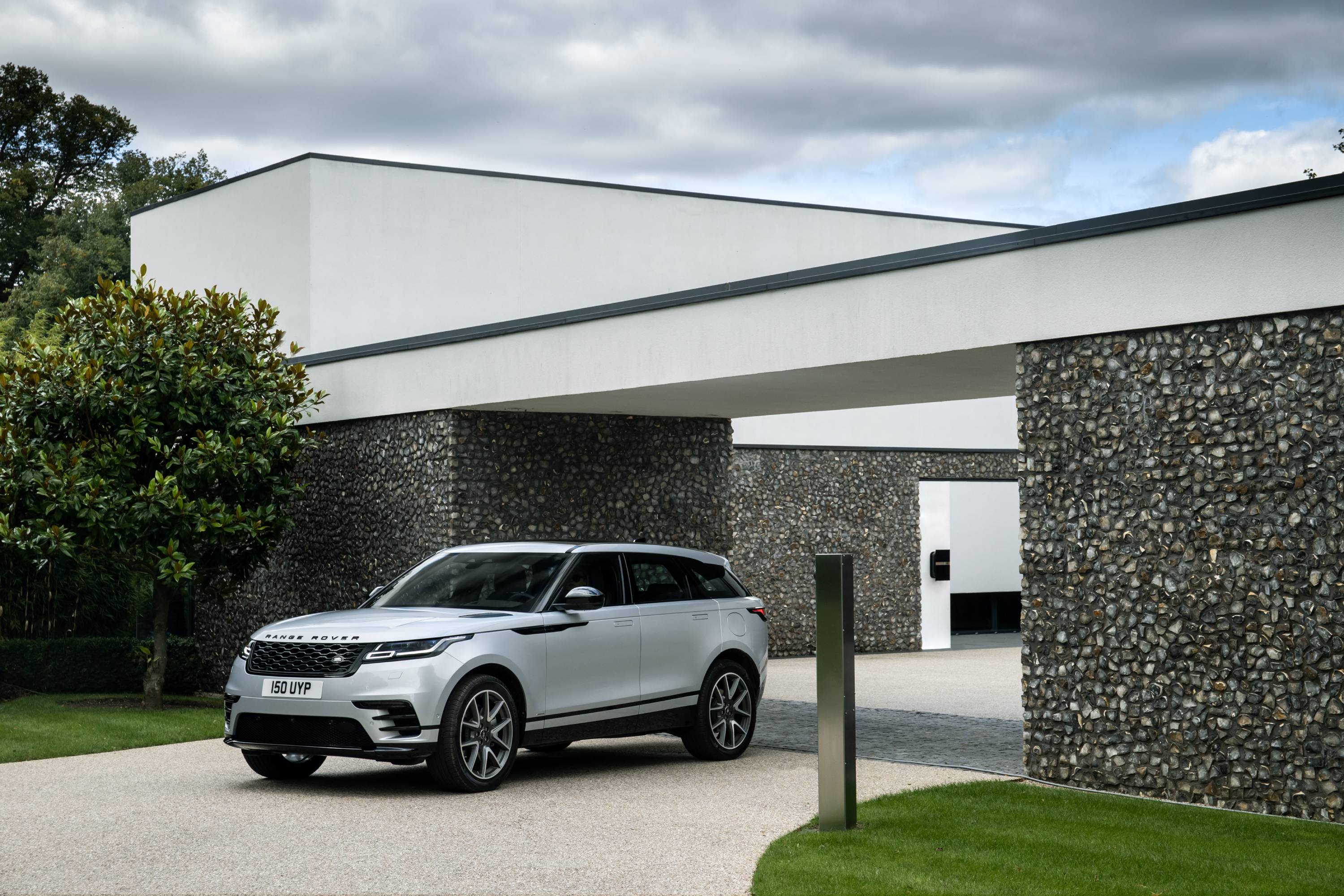
Charging up the car on a 32kW DC rapid charger will restore the battery to 80 per cent in 30 minutes, while the same charge will take an hour and 40 minutes from a 7kW AC home charger.
Charging on a three-pin domestic plug is typically an overnight job.
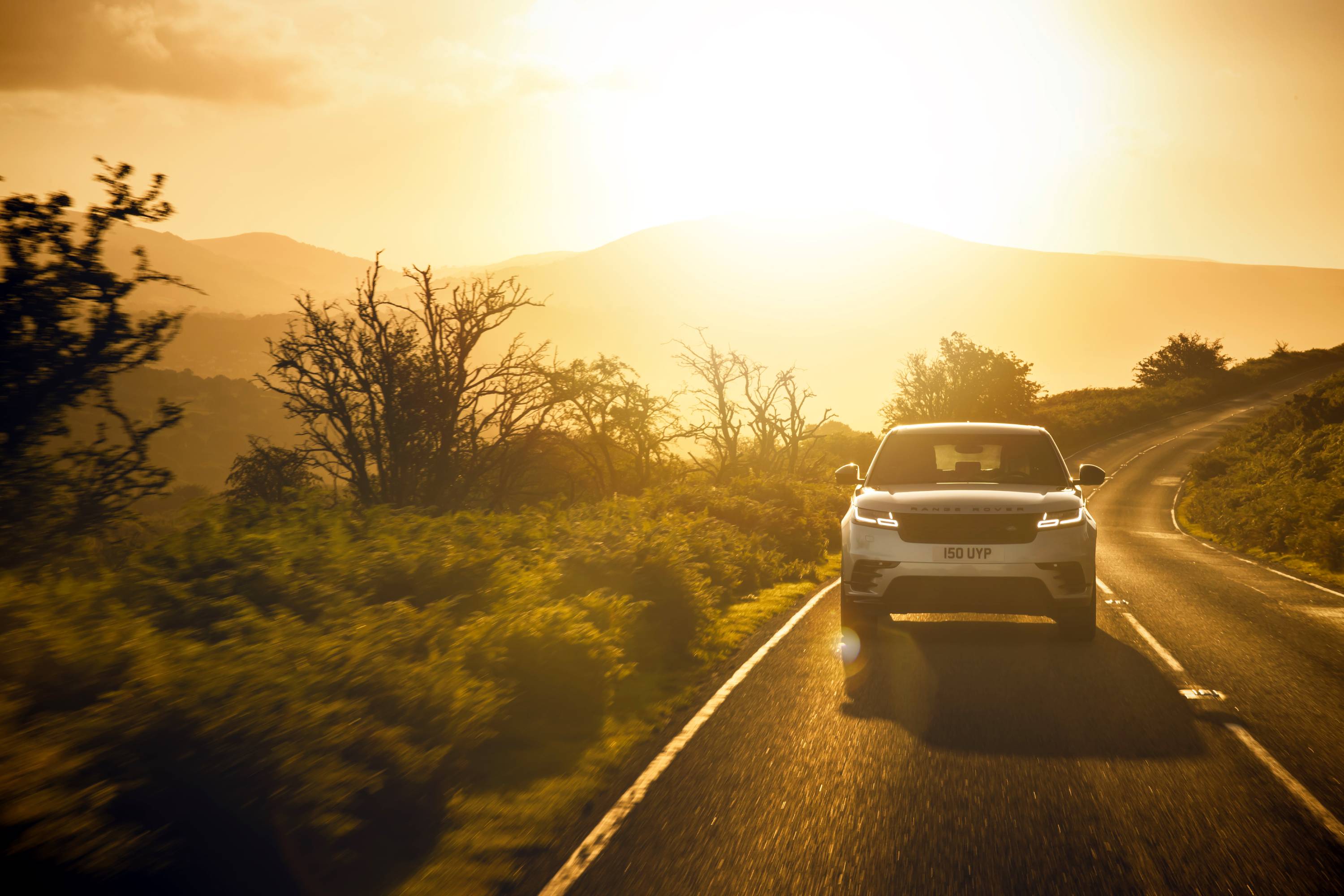
The Velar sports a ‘save’ mode, a handy but relatively rare feature in PHEVs that holds electric power constant while it runs the petrol engine – useful for long journeys that culminate in urban traffic. However, ‘hybrid’ mode is what users will run most of the time. At low revs, the hybrid Velar makes use of electric power until the revs exceed 1,500 rpm, which is when the petrol power comes into play.
Toggling between electric and petrol at slow speeds is the only time you can notice a small jerk as the car’s transmission takes note, but for the vast majority of the time, the shift between EV and petrol modes is smooth and barely noticeable.
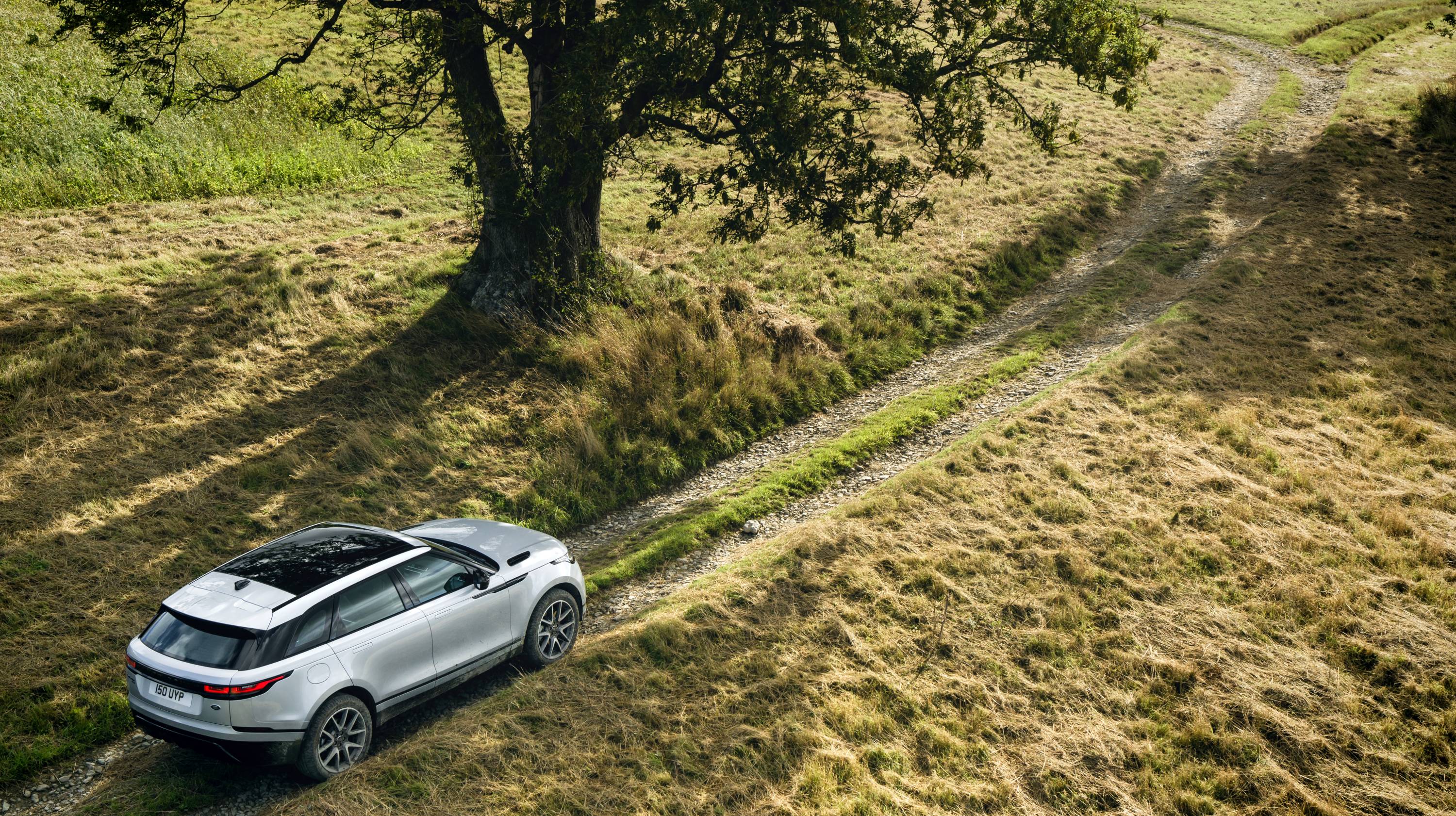
With the original Range Rover capable of running as well on road as off it, the hybrid Velar is just as capable as anything else in the range when the going gets tough. While many cars are destined never to dip a tyre tread in the mud, let alone venture entirely off-road, the Velar comes equipped with Land Rover's Terrain Response technology.
At the touch of a button on the lower info screen, there's the option to engage Grass/Gravel/Snow, Mud Ruts, Sand, and Rock Crawl mode, depending on the surface you’re driving on.
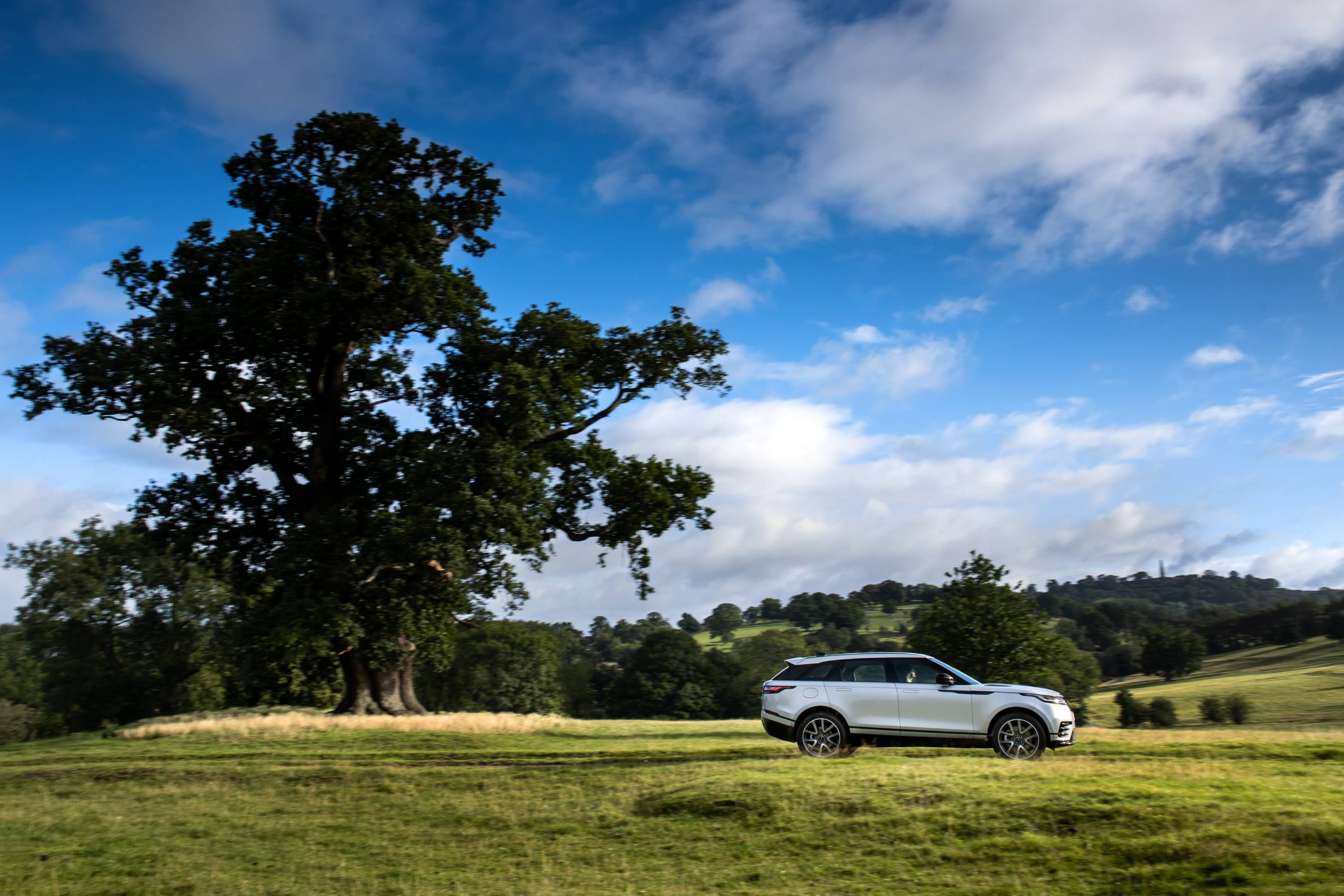
Even with road tyres fitted, the Velar can work its way through deep mud as well as tricky lumps and bumps, all while carrying three adults in absolute comfort.
Traversing a steep muddy bank while being gently massaged by the in-seat bolsters is an experience unique to a Range Rover.

Prices for the hybrid Velar start around £65,000 and can get close to £73,000 for the top HSE model. While it's not the most competitively priced hybrid off-roader on the market today, few cars can get close to its build quality, comfort, ride and overall performance on and off the beaten track.
Despite the Velar’s design passing the half-decade mark, it still stands out from the crowd of SUVs available, not least because of its enduring and attractive aesthetics.
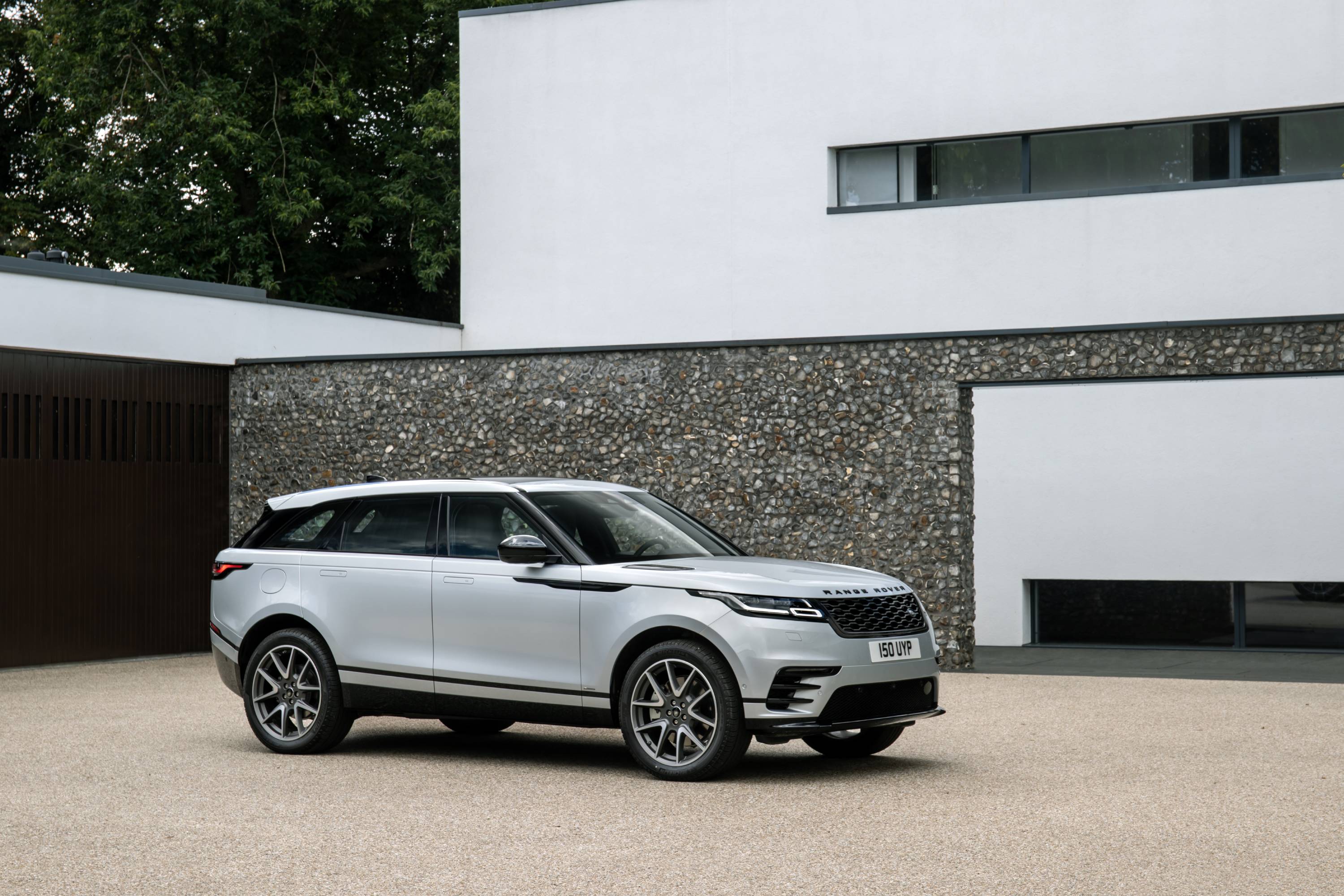
Luxury brands have long maintained that electric power is well-suited to cars that pride themselves on their ability to serenely waft around in near silence.
With an update due soon, will the next version of the Velar deliver that fabled pure electric version? In the meantime, the marque's sleek, hybrid-powered off-roader maintains a place as a do-it-all family favourite.
INFORMATION
Range Rover Velar Plug-In Hybrid, from £65,000
Rory is a seasoned freelance journalist covering all things cars, motorsport, yachts, travel and transport for Wallpaper* as well as the Financial Times, Telegraph and Robb Report. Regularly quizzing CEOs, racing drivers and engineers on everything from the wheels up, he also test drives the latest cars and greatest classics for news stories, features and reviews. @roryfhsmith
-
 New tech dedicated to home health, personal wellness and mapping your metrics
New tech dedicated to home health, personal wellness and mapping your metricsWe round up the latest offerings in the smart health scene, from trackers for every conceivable metric from sugar to sleep, through to therapeutic furniture and ultra intelligent toothbrushes
-
 Out of office: The Wallpaper* editors’ picks of the week
Out of office: The Wallpaper* editors’ picks of the week'Tis the season for eating and drinking, and the Wallpaper* team embraced it wholeheartedly this week. Elsewhere: the best spot in Milan for clothing repairs and outdoor swimming in December
-
 How Stephen Burks Man Made is bringing the story of a centuries-old African textile to an entirely new audience
How Stephen Burks Man Made is bringing the story of a centuries-old African textile to an entirely new audienceAfter researching the time-honoured craft of Kuba cloth, designers Stephen Burks and Malika Leiper have teamed up with Italian company Alpi on a dynamic new product
-
 Rivian hits Miami Art Week to release R1S Quad Miami Edition, a new colour and a scent
Rivian hits Miami Art Week to release R1S Quad Miami Edition, a new colour and a scentVivid sights and evocative smells are part of Rivian’s quest to humanise its all-electric SUVs
-
 RBW EV brings a much-loved classic sports car aesthetic into the modern era
RBW EV brings a much-loved classic sports car aesthetic into the modern eraThe RBW Roadster and GT hark back to a golden age of sports car design. Under the skin, these British-built machines feature bespoke all-electric running gear
-
 All hail the compact new Renault Twingo E-Tech – the city car is back in style
All hail the compact new Renault Twingo E-Tech – the city car is back in styleRenault continues to pay homage to its heritage by combining it with 21st-century technology. The new Twingo E-Tech is another winner
-
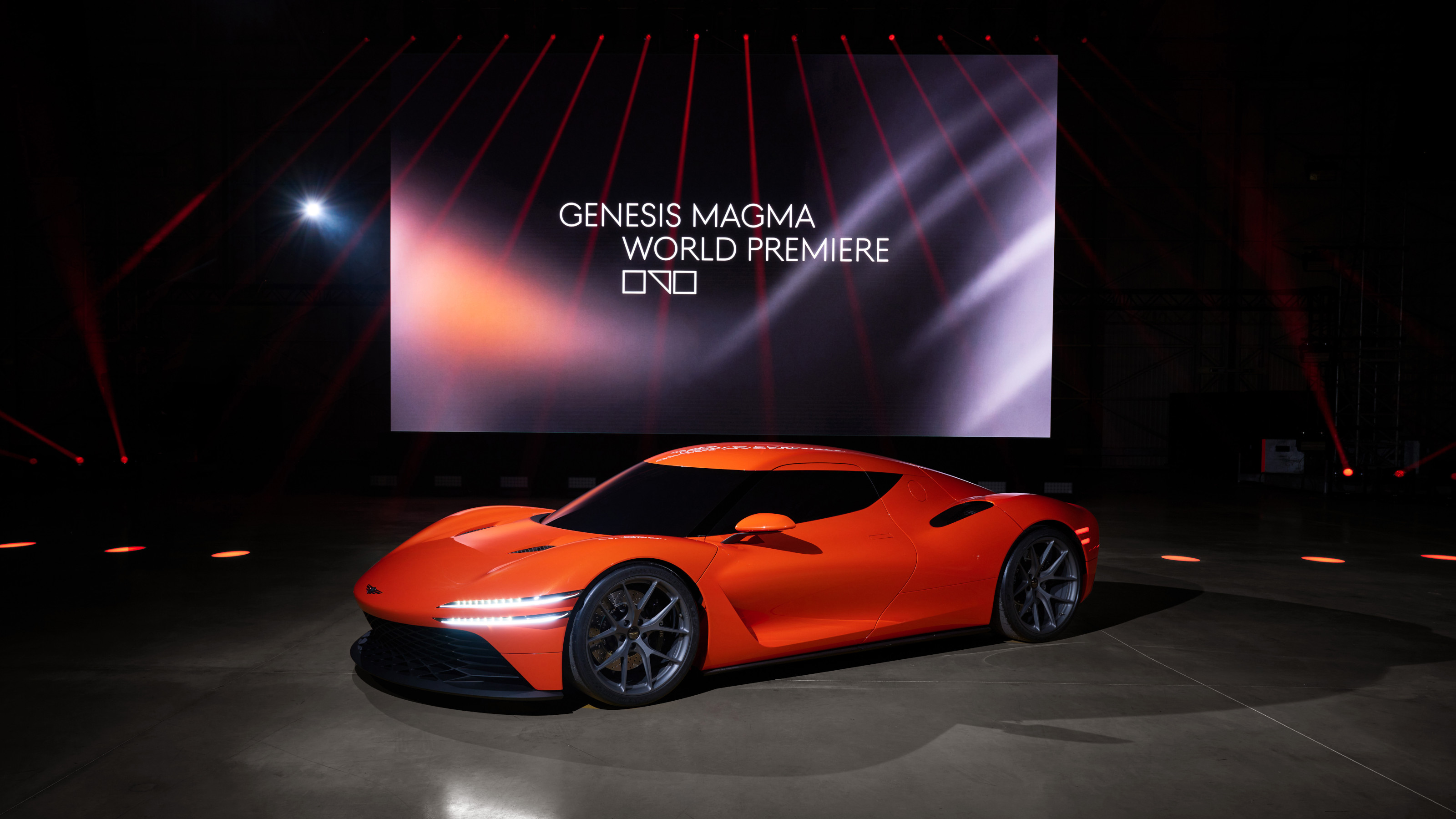 Genesis turns up the heat with its new Magma performance sub-brand
Genesis turns up the heat with its new Magma performance sub-brandGenesis has revealed the hot new GV60 Magma and striking Magma GT Concept in its quest to own luxury performance
-
 Around London in sybaritic silence with the majestic all-electric Lunaz Phantom V
Around London in sybaritic silence with the majestic all-electric Lunaz Phantom VClassic electrifier Lunaz has turned its skilled hands to the Rolls-Royce Phantom V. We sample the ultimate in zero-emission luxury on the streets of London
-
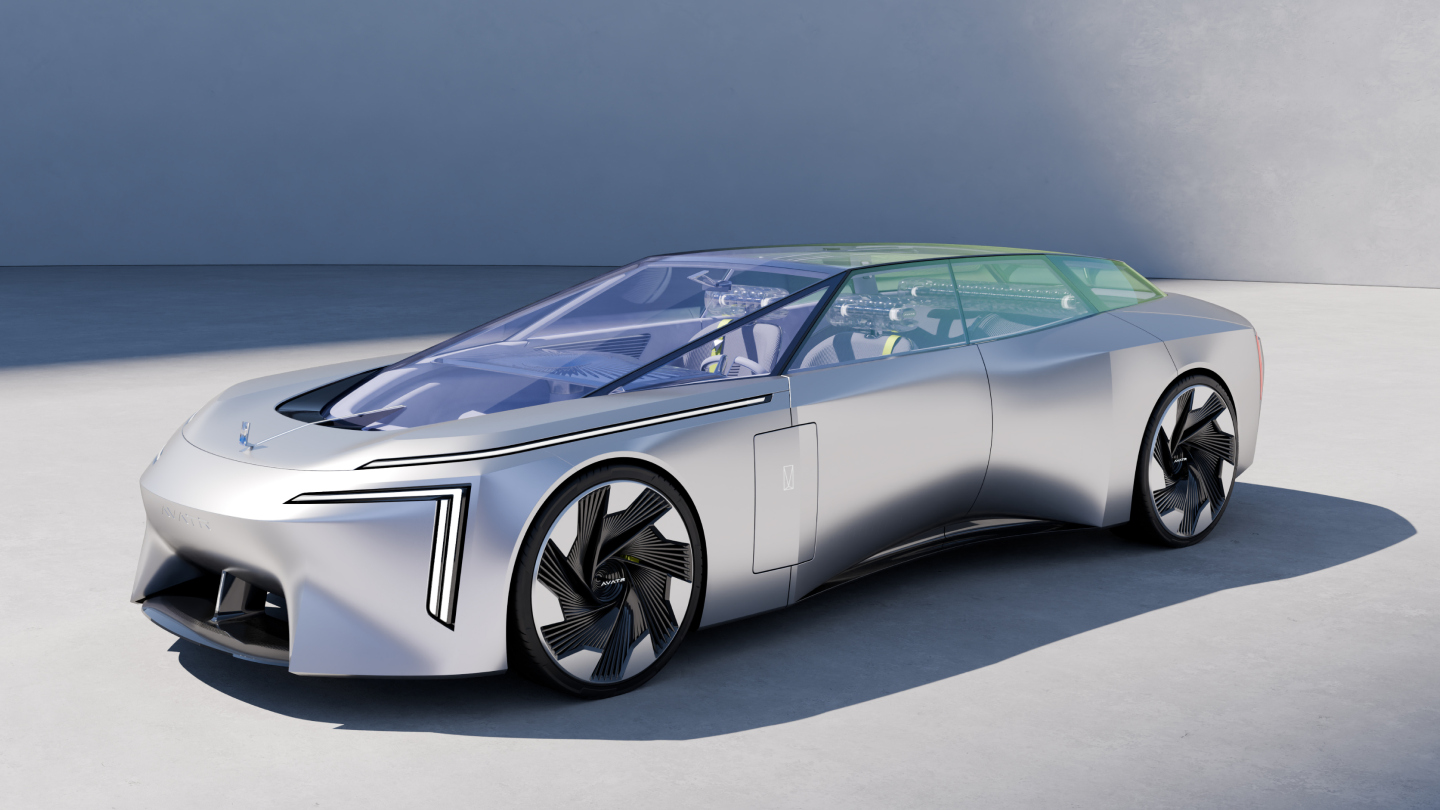 Avatr Vision Xpectra concept transforms cars into ‘emotionally intelligent companions’
Avatr Vision Xpectra concept transforms cars into ‘emotionally intelligent companions’Revealed in Munich, electric car maker Avatr’s futuristic Vision Xpectra is a car that is not only beautiful, but a true form of ‘emotive luxury’
-
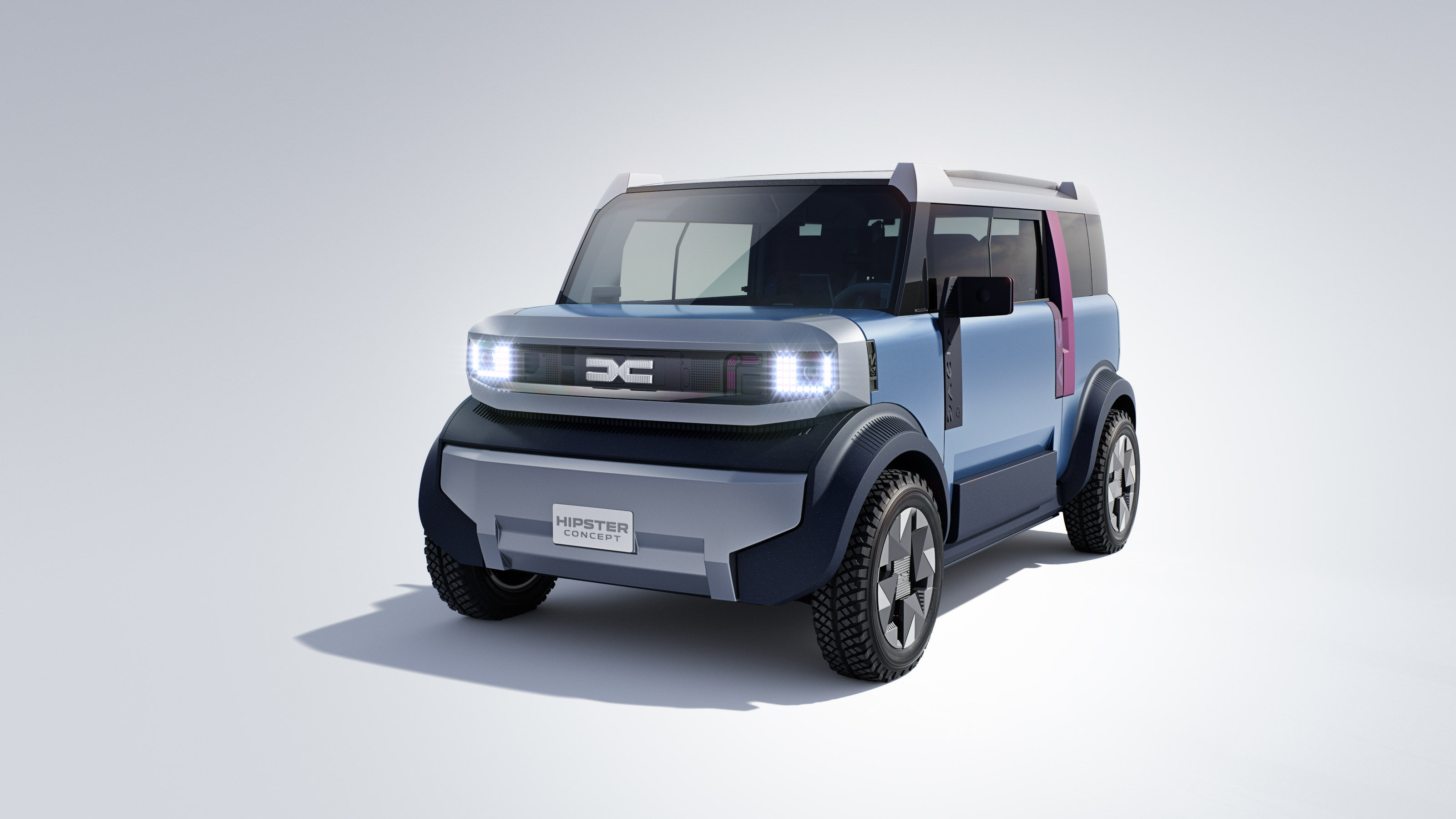 Dacia wants to make small cars great again – all hail the new Hipster Concept
Dacia wants to make small cars great again – all hail the new Hipster ConceptThe best way to minimise energy use in all its forms is to downsize. The Dacia Hipster Concept is a smart way of making a practical car way more pint-sized
-
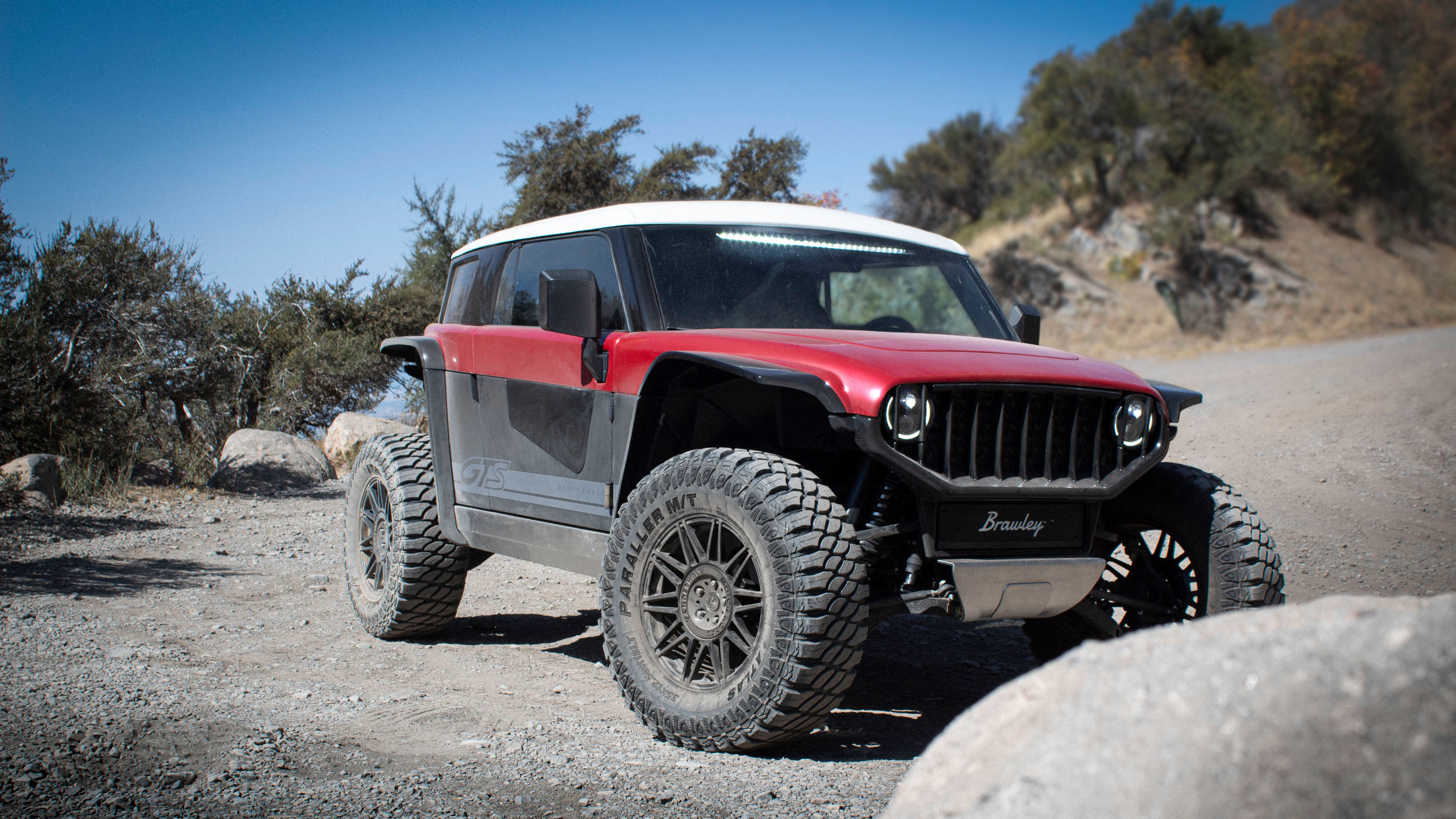 The Vanderhall Brawley GTS is a compact but mighty electric off-roader
The Vanderhall Brawley GTS is a compact but mighty electric off-roaderDeliveries of Vanderhall’s Brawley GTS have started, bringing zero-emission trail driving to enthusiasts across America